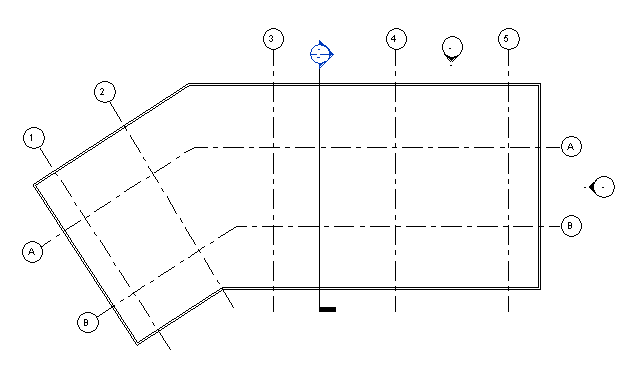

The gridiron idea spread with the Renaissance, although in many cities, for instance London following the Great Fire of 1666, it failed to take root. This example was followed on the European continent in cities such as New Brandenburg in Germany, which the Teutonic Knights founded in 1248, and in the many towns planned and built in the 14th century in the Florentine Republic.

In France, England, and Wales, castra evolved into bastides, agricultural communities under a centralized monarchy. The grid plan, or "Hippodamian plan", was also utilized by the Ancient Romans for their fortified military encampments, or castra, many of which evolved into towns and cities Pompeii is the best-preserved example of Roman urban planning using the gridiron system. Hippodamus went on to spread the grid to Piraeus, Rhodes, and other cities in Greece. The Greek city of Miletus was rebuilt after destruction by the Persians on a grid plan, with Hippodamus – often called "the father of European urban planning" – as the local originator of the rectilinear grid system for the city centered on the agora, a concept he probably did not invent, but had heard about from elsewhere. The gridiron layout of a town or city is not new, it is "the most pervasive city design on earth" and can be found in "Italy and Greece, in Mexico, Central America, Mesopotamia, China Japan." It existed in the Old and New Kingdoms of Ancient Egypt, in the Indus Valley cities of Harappa and Mohenjo-daro – where many historians claim it was invented – from where it may have spread to Ancient Greece. The numbering was also extended through Manhattan and the Bronx. Central Park, the massive urban greenspace in Manhattan running from Fifth Avenue to Eighth Avenue and from 59th Street to 110th Street, was not a part of the plan, as it was not envisioned until the 1850s. There were a few interruptions in the grid for public spaces, such as the Grand Parade between 23rd Street and 33rd Street, which was the precursor to Madison Square Park, as well as four squares named Bloomingdale, Hamilton, Manhattan, and Harlem, a wholesale market complex, and a reservoir. Since its earliest days, the plan has been criticized for its monotony and rigidity, in comparison with irregular street patterns of older cities, but in recent years has been viewed more favorably by urban planners. The Commissioners' Plan is arguably the most famous use of the grid plan or "gridiron" and is considered by many historians to have been far-reaching and visionary. Their chief surveyor was John Randel Jr., who was 20 years old when he began the job. The Commissioners were Gouverneur Morris, a Founding Father of the United States the lawyer John Rutherfurd, a former United States Senator and the state Surveyor General, Simeon De Witt. The legislature appointed a commission with sweeping powers in 1807, and their plan was presented in 1811. The plan originated when the Common Council of New York City, seeking to provide for the orderly development and sale of the land of Manhattan between 14th Street and Washington Heights, but unable to do so itself for reasons of local politics and objections from property owners, asked the New York State Legislature to step in. It was described by the Commission that created it as combining "beauty, order and convenience."

It has been called "the single most important document in New York City's development," and the plan has been described as encompassing the "republican predilection for control and balance . The Commissioners' Plan of 1811 was the original design for the streets of Manhattan above Houston Street and below 155th Street, which put in place the rectangular grid plan of streets and lots that has defined Manhattan on its march uptown until the current day. The city blocks of Portland, Oregon Savannah, Georgia and Manhattan shown at the same scale


 0 kommentar(er)
0 kommentar(er)
